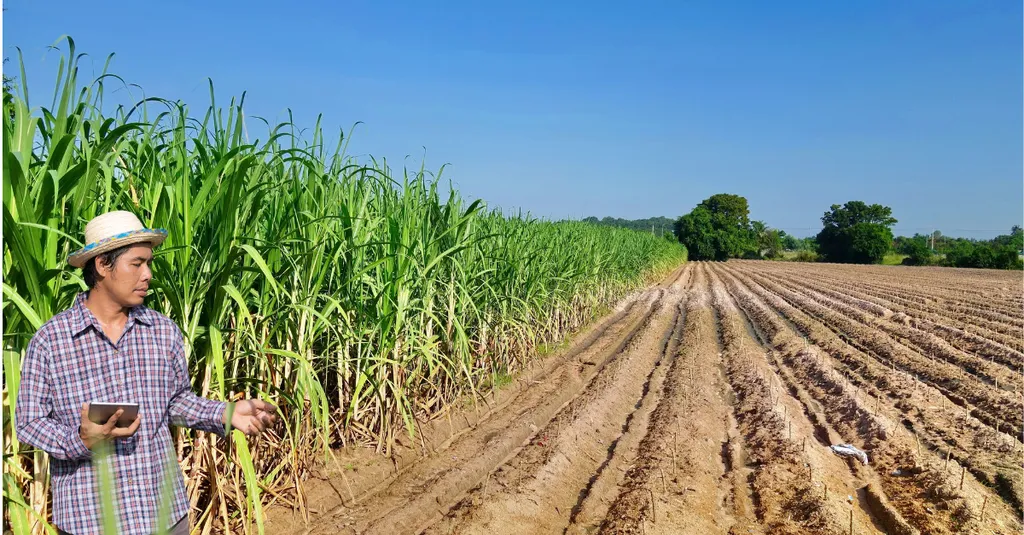In the heart of Cuba’s Villa Clara province, a technological revolution is unfolding in the sugarcane fields, promising to reshape the way farmers and agribusinesses make critical decisions. A recent study published in ‘ICIDCA Sobre los Derivados de la Caña de Azúcar’ is harnessing the power of spatial data infrastructure to bring precision agriculture to the forefront of sugarcane production.
The research, led by Irenaldo Delgado-Mora of the Instituto de Investigaciones de la Caña de Azúcar (INICA-VC), focuses on integrating vast amounts of agricultural data into a single, accessible platform. This system, built on open-source geomatics software, is designed to visualize and refine technical recommendations, ultimately aiding farmers and managers in their daily operations.
“Our goal was to create a tool that could simplify the decision-making process for sugarcane producers,” Delgado-Mora explained. “By consolidating all relevant data into one accessible platform, we aim to enhance the efficiency and productivity of sugarcane cultivation.”
The study’s impact on the agricultural sector could be substantial. By providing real-time, location-specific data, the system enables farmers to optimize resource use, from irrigation to fertilizer application. This precision agriculture approach not only boosts yields but also promotes sustainable farming practices by reducing waste and environmental impact.
Moreover, the spatial data infrastructure facilitates better territorial planning for sugarcane companies. Managers can access comprehensive information about their fields, allowing for strategic decision-making that could significantly improve operational efficiency and profitability.
The commercial implications are vast. As the global demand for sugarcane and its derivatives continues to grow, the ability to produce more with less becomes increasingly valuable. This technology could give sugarcane producers a competitive edge, helping them meet market demands while minimizing costs and environmental footprint.
Looking ahead, the success of this project in Villa Clara could serve as a model for other agricultural sectors and regions. The principles of precision agriculture and data-driven decision-making are universally applicable, offering potential benefits for a wide range of crops and farming systems.
As Delgado-Mora and his team continue to refine and expand their system, the future of sugarcane production in Cuba and beyond looks increasingly data-driven and precise. This shift could mark a significant step forward in the global agricultural industry, demonstrating the power of technology to transform traditional farming practices.

